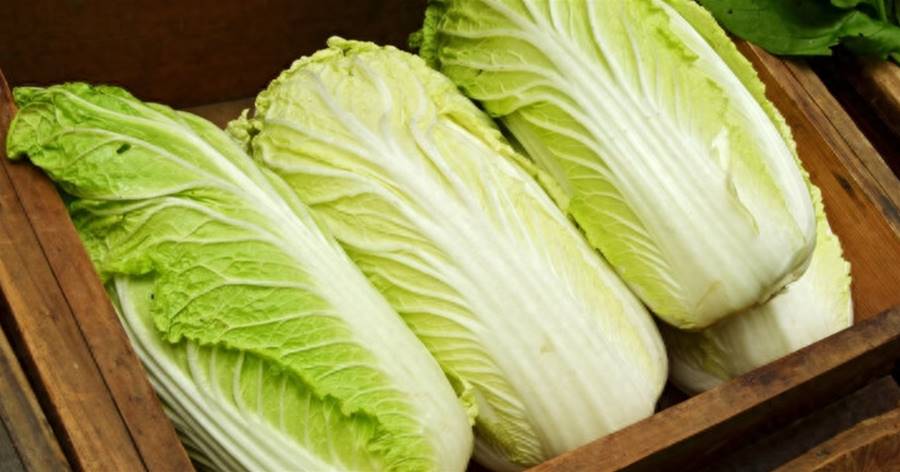
Cancer-Causing Vegetables: Separating Rumor from Reality 1. Huanghuacai: This indigenous Chinese vegetable has a long history and numerous health benefits. It contains phosphatidylcholine, which enhances brain function, reduces cholesterol levels, and is suitable for hypertension patients. However, fresh huanghuacai is toxic due to colchicine content. Dehydrated huanghuacai is safe to consume after undergoing processes like steaming and sun-drying.

2. Common Vegetables and Fruits: Rumors have linked certain vegetables and fruits to cancer. a) Nappa cabbage: While rumors of formaldehyde soaking exist, the risk of ingesting formaldehyde through food is small. b) Zucchini: High-temperature stir-frying may produce acrylamide, but this occurs with most foods containing carbohydrates and amino acids.

Cooking at lower temperatures or using alternative methods can reduce acrylamide formation. c) Strawberries: Size and shape are influenced by various factors, not necessarily hormones. d) Cherry: Accidental ingestion of cherry pits does not pose a significant poisoning risk. 3. "Hazardous Compounds" in Vegetables: Excessive consumption of certain compounds may have health risks.
a) Saponins: Heating beans and snap beans above 100℃ for at least 10 minutes or fully cooking them breaks down saponins. b) Ginger Beetle: Thoroughly blanching water plants like water chestnuts and lotus roots eliminates the risk of parasitic worms. c) Solanine: Avoid consuming unripe or sprouted potatoes, as they contain higher levels of solanine. d) Oxalic Acid: Boiling vegetables like spinach and bamboo shoots for a short period can remove most oxalic acid.

In conclusion, rumors linking vegetables and fruits to cancer lack scientific basis. When purchased from reputable markets and cooked properly, these foods pose little risk if consumed in moderation.



















